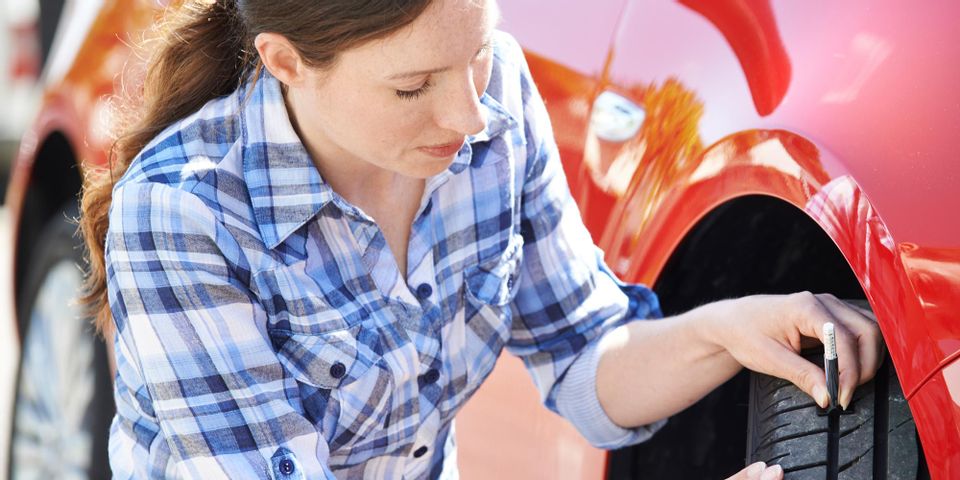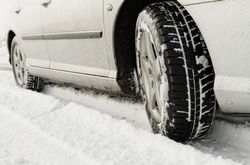
One of the most important aspects of a safe vehicle is adequate tire tread. Tread provides road traction and refers to the vertical measurement from the surface of the rubber to the deepest part of the groove. The deeper the tread, the more grip the vehicle has. However, it can wear down over time, decreasing the traction and making it more dangerous to drive. Learn more in the following guide to keep you and your passengers safe.
What Should Drivers Know About Tire Tread?
How to Measure Tread Depth
The U.S. standard for measuring tread depth is one thirty-second of an inch. New wheels typically have a tread depth of 10/32” to 12/32”. However, not all of that is useable, and mechanics consider tires to be bald when the tread reaches a depth of 2/32”.
The best way to measure tread and determine whether you need new wheels is by using a tread gauge. These can be found at any auto parts store. Place the gauge into the shallowest tread to read the depth—anything over 6/32” is sufficient, and anything less means it might be time to replace them.
If you don't have a gauge, try the penny test. Place an upside-down penny in the tread groove, and if you can see all of Lincoln’s head, your tires are bald.
How Wear Patterns Indicate Problems
All tires wear with use, but how the tread wears down can provide information about issues with your vehicle’s suspension and driving habits. Driving with overinflated tires will wear the tread in the center of the rubber, while underinflation will cause more wear on the edges.
Cupping or scalloped dips around the surface can indicate a suspension issue. If you notice feathering and wear on either the inner or outer edges of the tread, you may need to have your wheels realigned.
Why You Should Consider Seasonal Tires
 Most cars come with all-season tires, which are adequate for normal driving conditions, including light snow. However, for safer winter driving, snow or winter models are a better option.
Most cars come with all-season tires, which are adequate for normal driving conditions, including light snow. However, for safer winter driving, snow or winter models are a better option.
These have deeper treads for increased traction. They’re designed to prevent slush buildup and provide more grip on icy roads. Summer models, on the other hand, are made from softer rubber that provides better road grip in high temperatures. They should never be used in the winter, though, as the tread will stiffen. This can cause the rubber to lose its elasticity and crack, while also providing significantly less traction than winter wheels.
If your tires need replacing, turn to A-1 Auto Service for a quality selection and expert service. They’ve been serving the Lorain County, OH, area for four decades, offering comprehensive vehicle maintenance and repair services. If you need transmission service, wheel alignment, or an engine tune-up, these professionals can help. Call (440) 245-0076 or visit them online to schedule service.
About the Business
Have a question? Ask the experts!
Send your question

